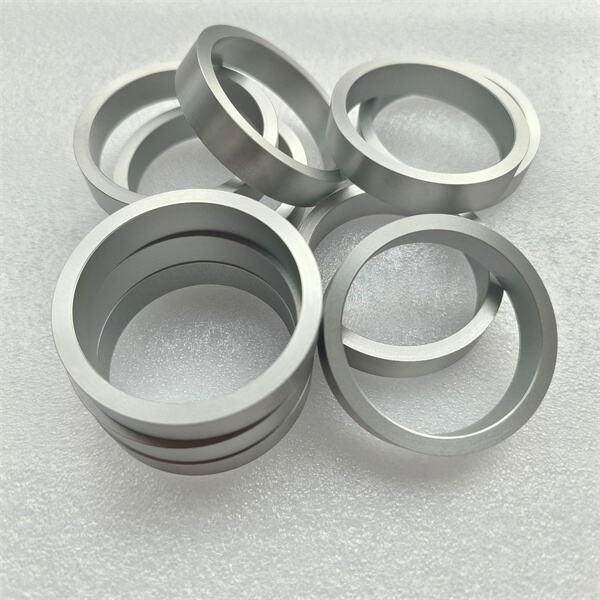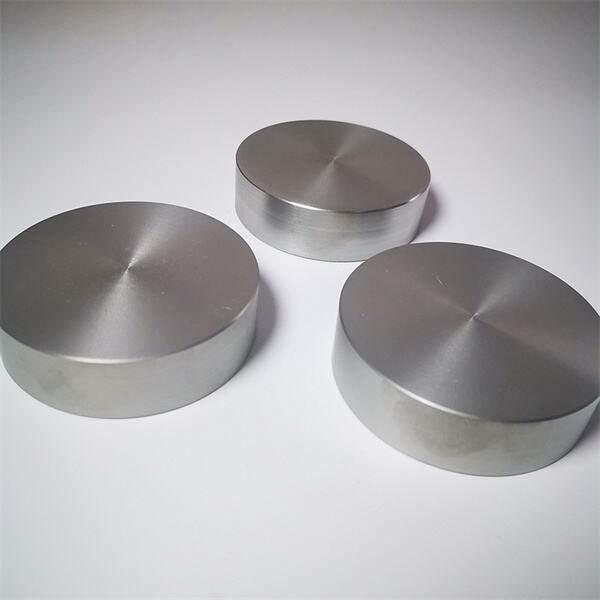Sputtering targets are exotic materials used in a process called sputtering, in which thin layers are deposited onto surfaces. This technology is used to make things such as computer chips, solar panels, and eyeglasses!
Sputtering is a process of coating a surface with an ultrathin layer of material by blasting the material with high-energy ions. Sputtering targets are constructed using elemental metals such as aluminum, copper or titanium. When high-energy particles hit these targets in a vacuum chamber, they release atoms, which adhere to the surface of what is being coated.
The chromium sputtering target is highly essential for thin-film deposition which is a process where the material is being deposited into the surfaces with thin layers. This helps electronic devices to function effectively and, in products such as glass windows and car parts, can enhance strength and performance.

Sputtering targets make strong, thin coatings that resist wear. Different sputtering targets are used, and the sputtering process can be modified in order to customize the coating for specific purposes. This would allow material to be used in products where it needs to be strengthened or made more conductive or more shiny, as required.

Recent progress in sputtering target materials In the past several years, there have been exciting advances in the use of (U)HVOF and microphone for seismic work has been developed. For instance, indium tin oxide (ITO) now peacefully forms flexible electronic displays, and an alloy such as nickel-chromium (NiCr) also coexists in coatings that resist corrosion in medical devices.

Computer chips are among the most significant uses of sputtering targets. A thin film must be applied to semiconductor equipment in order to function. They can make these coatings very accurately, and the devices work fine, reliably.